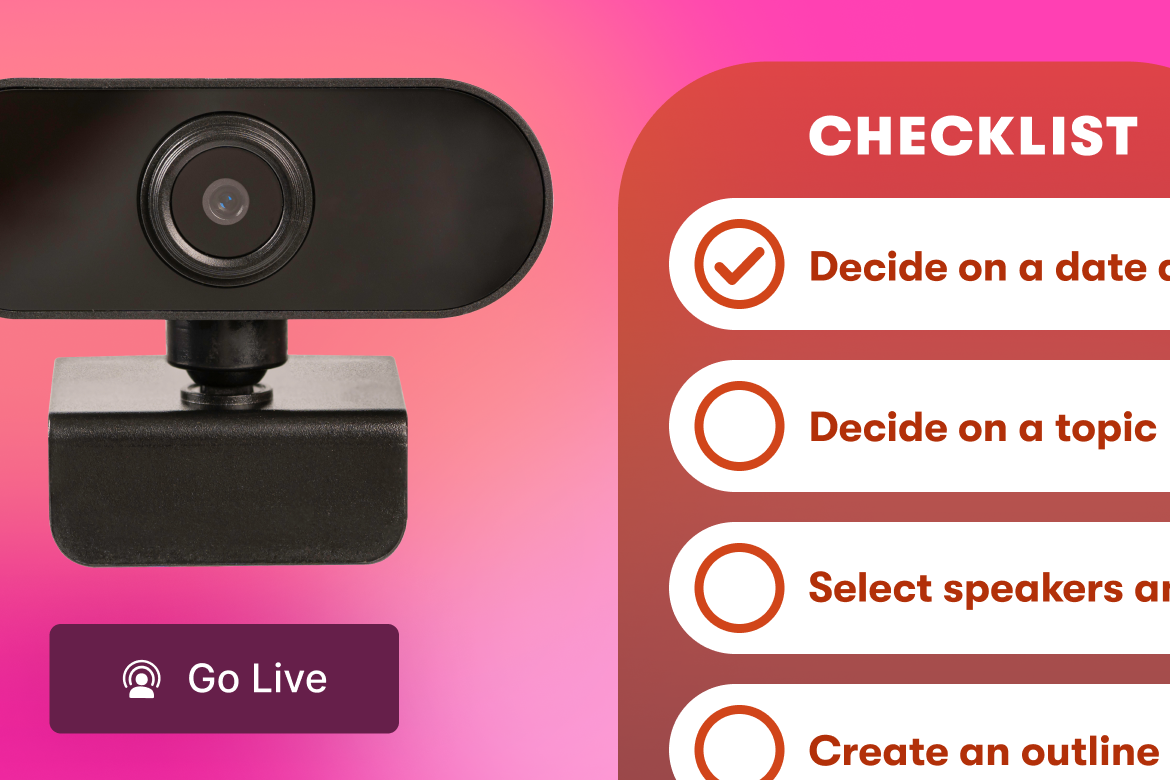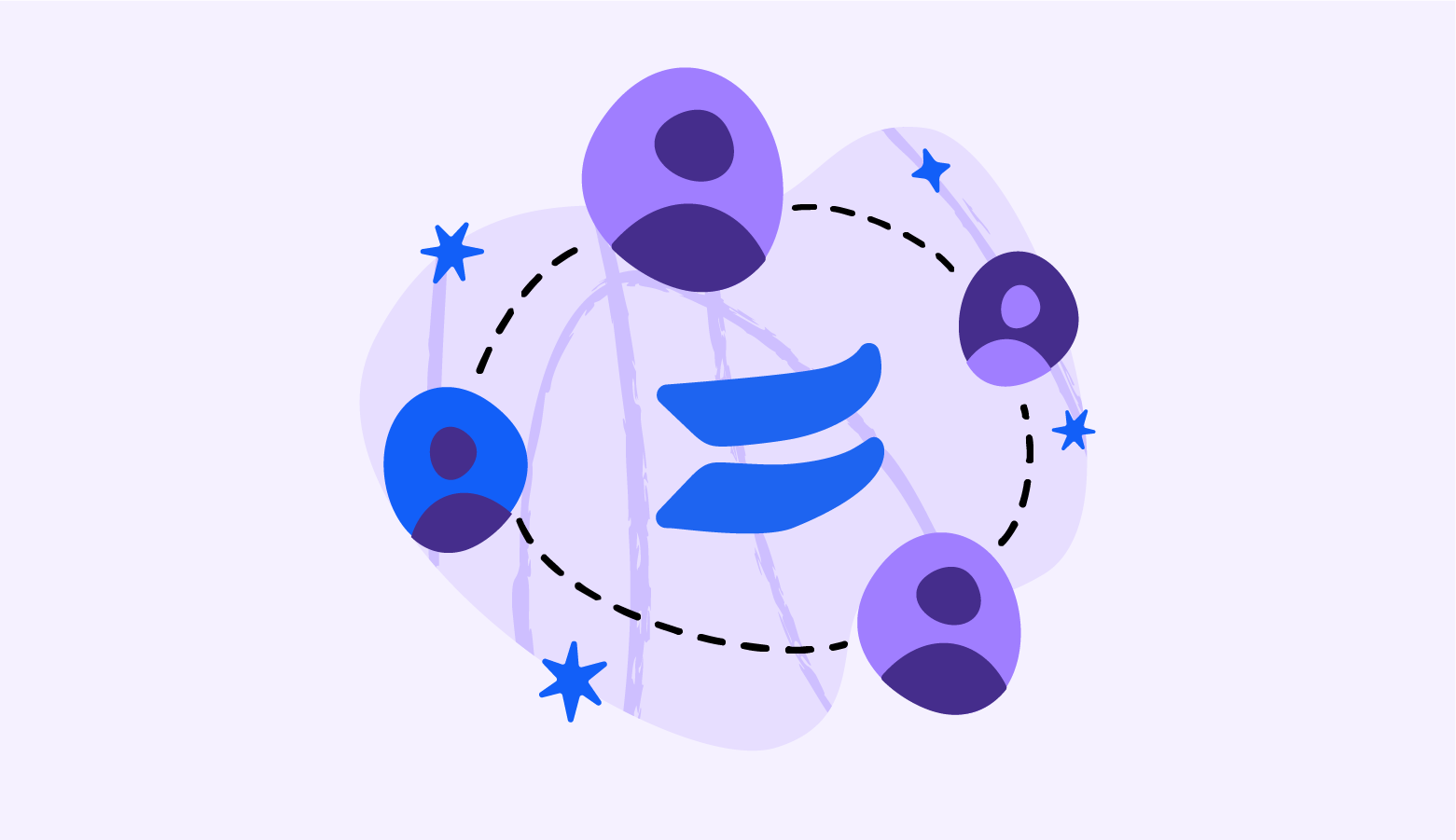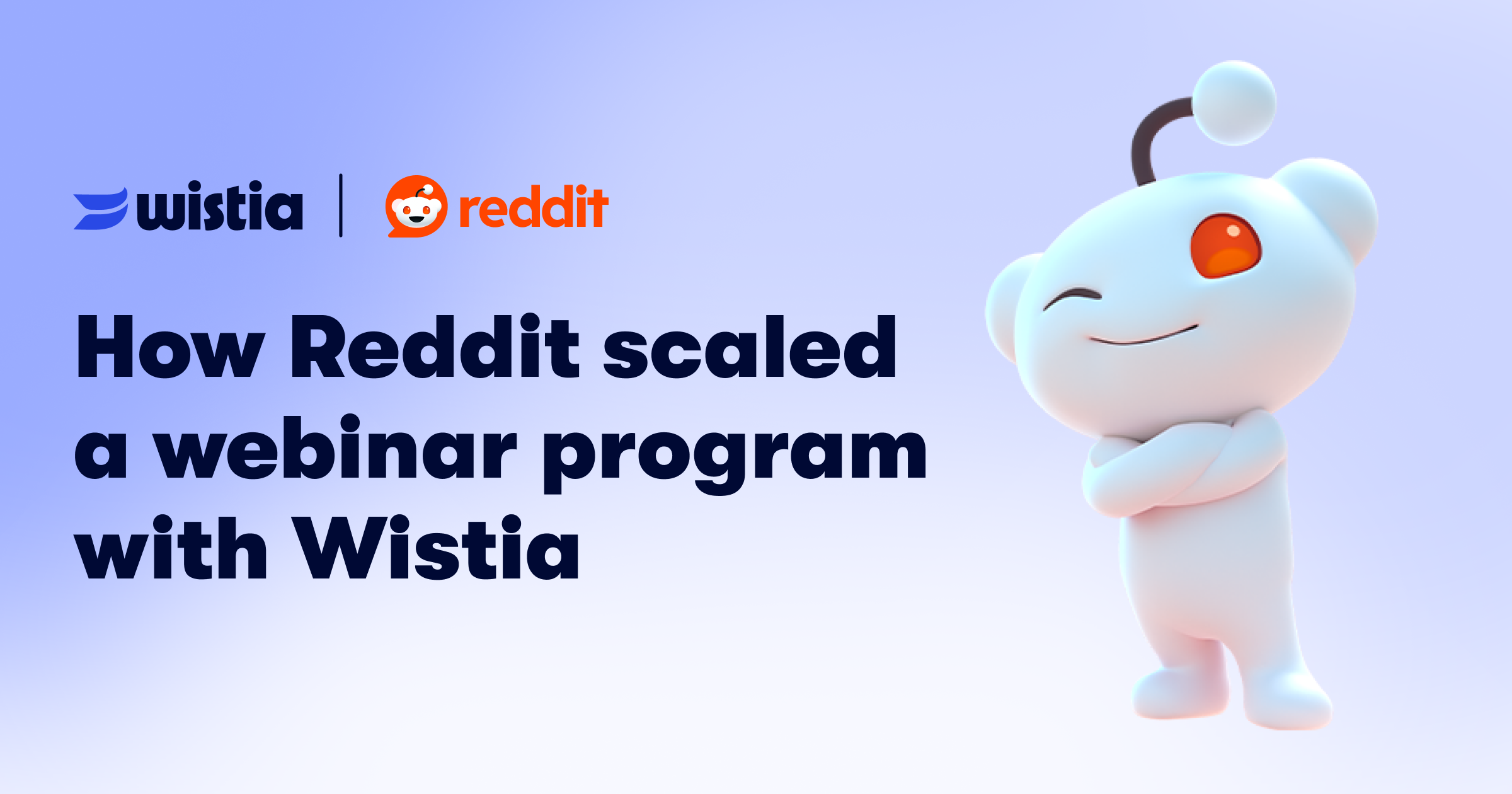The Business Case for Building an Audience for Your Brand
November 19, 2020
Topic tags
In the marketing automation space, there’s an interesting case study that puts into perspective the age-old dispute between marketers who prioritize reach and those who prioritize resonance.
Two of the biggest players in the lower and middle tiers of the marketing automation industry, HubSpot and Mailchimp, have been competing to win over as many small to medium-sized businesses as possible. HubSpot currently boasts four times as many social media followers and attracts almost double the amount of organic traffic than Mailchimp does, so one might assume HubSpot also generates more revenue and profit.
The reality, however, is that Mailchimp has overtaken HubSpot in both financial categories. In 2019, HubSpot saw $674 million in revenue while Mailchimp earned $700 million. Moreover, while HubSpot has yet to turn a profit, Mailchimp has been profitable for its entire existence. Now, that’s not to dismiss HubSpot’s huge success in any way — it just brings up an interesting question. Do more views and more leads actually result in more revenue? Not necessarily.
“Do more views and more leads actually result in more revenue? Not necessarily.”
If you dig a little deeper and think critically about Mailchimp’s relentless focus on audience building (which has resulted in the creation of Mailchimp Presents, a network of original content) and HubSpot’s concentration on reach, Mailchimp’s ability to generate more revenue and profit with significantly less reach than HubSpot starts to make sense.
More reach doesn’t mean more revenue
In most marketing dashboards, reach and revenue tend to trend in the same direction. More often than not, marketing teams will notice this relationship and assume that revenue will increase when reaching as many people as possible.
However, research shows that your audience’s sentiment toward your brand is what ultimately leads to more revenue. So, contrary to popular belief, while an increase in reach can influence revenue growth, it’s not the sole driver of it — that driver is actually emotional resonance.
“Contrary to popular belief, while an increase in reach can influence revenue growth, it’s not the sole driver of it — that driver is actually emotional resonance.”
Unfortunately, most brands run with this flawed logic and adjust their marketing strategies accordingly. This misaligns their incentives, pressuring them to crank out a ton of content to generate views and leads rather than crafting content that their audience actually enjoys.
Solely focusing on reach can generate a huge amount of impressions, but the vast majority of these people won’t enter the brand’s funnel because the content is too self-serving. And most of the people who do enter their funnel will churn more rapidly because they’ll quickly lose interest in the content. As a result, these brands will generate a disproportionate amount of leads and opportunities for their sales team to close.
Focusing on resonance lets you do more with less
Creating content that is truly valuable and resonates with viewers' core beliefs and identities gives businesses the opportunity to build loyal audiences and keep them coming back for more. Of course, we’re talking about creating binge-worthy content here — entertaining content that is so good consumers can’t help but want to watch, listen, or read a lot of it in one sitting.
As we mentioned before, Mailchimp has been investing in creating this type of content for some time now. They’ve been focusing on building resonance over reach by creating content that attracts specific types of viewers well before they may ever become a Mailchimp customer.
Our CEO and co-founder Chris Savage sat down with Mark DiCristina, Mailchimp’s Head of Brand, on our talk show, Brandwagon, to get the inside scoop on how creating binge-worthy content has helped them build audiences, and ultimately, do more with their content by focusing less on reach.
“Mailchimp Presents is an entertainment platform for entrepreneurs. Mailchimp’s mission has always been about empowering small businesses and helping them succeed and grow. We’ve always done that with software, but over the last couple of years, we began to feel like there are other ways that we can do that. We can make content that inspires them and motivates them and makes them feel like they’re not alone.”Mark DiCristina
DiCristina goes on to explain why they’ve made this switch from focusing on awareness by investing a ton in advertising to investing their budget more in creating original content instead. When referencing the shows they’ve been creating at Mailchimp Presents, he notes, “It’s more durable, lasts longer, doesn’t require people to be interrupted … it changes our relationship with our customers. So now instead of interrupting people all the time, they want to come and engage with us.”
By focusing on creating content that resonates with viewers, businesses encourage audiences to spend more time with their brand, and when that happens, it’s more likely that viewers will become a customer in the long run.
Focusing on resonance is more cost-effective
Resonating with your audience doesn’t just help generate more revenue for your business. It also costs less, and in turn, results in more profit for your company.
When your brand is just focused on reach, only a slim, static percentage of your audience will convert into customers, so growing revenue requires a regular increase in boosting awareness. And to boost awareness, you must continually invest in advertising on platforms like Facebook and Google. While digital advertising can help people become aware of your business, it’s expensive and has increasingly become ineffective thanks to oversaturation on these platforms. Plus, just because someone knows of your brand, that doesn’t mean they feel connected to it.
“When your brand is just focused on reach, only a slim, static percentage of your audience will convert into customers, so growing revenue requires a regular increase in boosting awareness.”
On the flip side, if you focus on retaining an audience, you can generate more revenue by growing resonance. With this approach, you don’t even have to necessarily increase reach. You just have to focus on creating a lower volume of content that offers a higher level of quality and engagement.
When you’re focused on retaining an engaged audience rather than acquiring new, less-engaged members to replace the ones who have churned, each member of your audience’s lifetime value increases. In fact, since Mailchimp launched Mailchimp Presents, they’ve noticed that the people who have engaged with their shows buy their products faster and spend more money with them. And an added bonus? Since a loyal, passionate audience produces a ton of word-of-mouth marketing for your business, you don’t have to spend as much money acquiring new audience members, which decreases customer acquisition costs.
In our interview with Mark DiCristina, he goes on to share why making binge-worthy content for your audience is actually more cost-effective than running a traditional ad campaign. Here, he compares making a podcast to advertising on one:
“In many cases, it’s often less expensive to make the podcast, and you own it forever. The reason that you buy the ad instead of making the podcast, is because you’re buying the audience, so you can get in front of people who are listening to those shows. For Mailchimp, we already have an audience … we have access to lots of people and to our customers, and they trust us. So why should we always be spending money to be in front of them when we can just make the thing?”Mark DiCristina
The case for investing in resonance over reach
Over the years, the race for brand awareness has plagued business' marketing strategies. We’ve continued to sacrifice the quality of our content and customer experience for the pursuit of our own goals — and our audiences are sick and tired of it.
Nowadays, anyone can instantly identify content that lacks value, ads that are just there to interrupt, and businesses that are over-optimized and disingenuous. That’s exactly why focusing on resonance and audience-building generates better business results than investing in awareness and reach alone.






